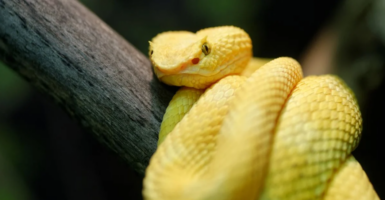Snake Island Is Real – Here are 20 Fascinating Facts About It
Have you ever wondered if there’s a place so dangerous that governments ban people from visiting? Off the coast of Brazil lies an island so lethal that the Brazilian Navy prohibits anyone from landing on its shores. What could make an entire island off-limits to humans? The answer might make your skin crawl.
Welcome to Ilha da Queimada Grande, better known as Snake Island, where nightmares slither freely, and even scientists need special permission to visit. Here are fascinating facts about this reptilian paradise that will make you grateful for the solid mainland beneath your feet.
The One-Per-Square-Meter Rule
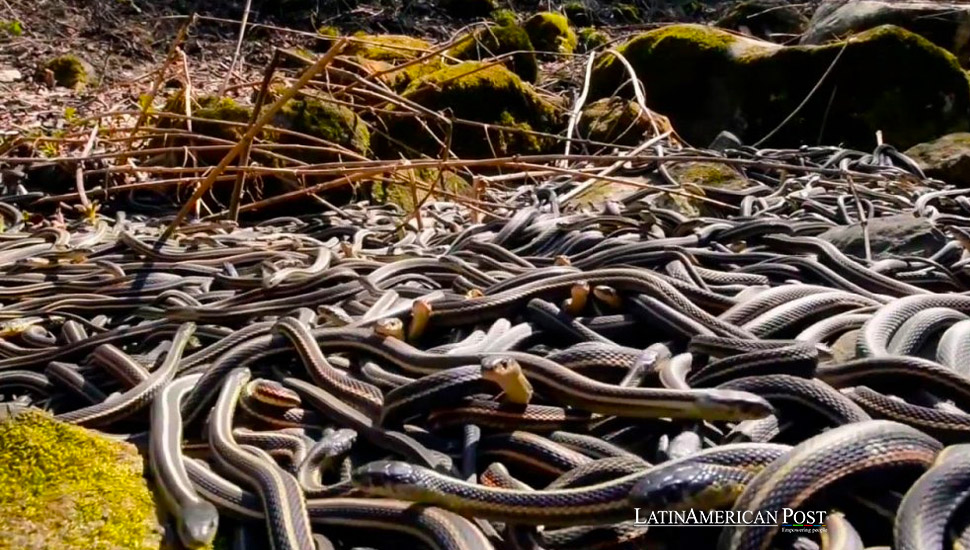
Scientists estimate there’s one golden lancehead viper per square meter of the island. That’s roughly 4,000 snakes in this 106-acre paradise of panic. Local fishermen call it “the island where rocks move themselves.”
Recent studies suggest this is an underestimate, as the snakes cluster in dense groups around prime hunting spots.
The World’s Deadliest Pit Viper
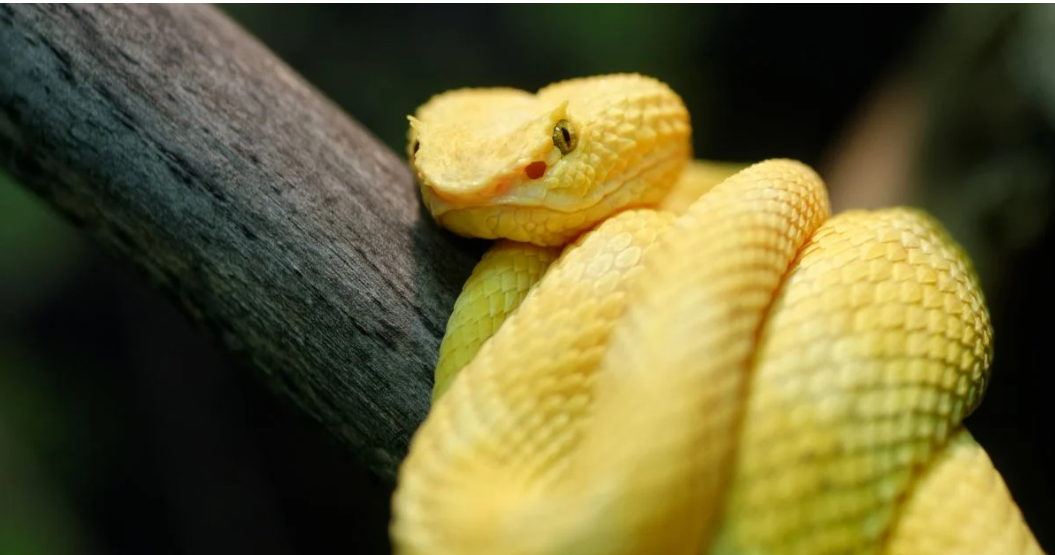
Golden lanceheads are unique to this island and pack venom five times stronger than their mainland cousins. Their bite can melt human flesh and kill within hours.
Brazilian doctors keep a special stock of antivenom just for these serpents. Researchers wearing protective gear have documented the venom’s ability to dissolve tissue faster than any other known snake species.
Like Go2Tutors’s content? Follow us on MSN.
The Lighthouse Keepers’ Last Stand
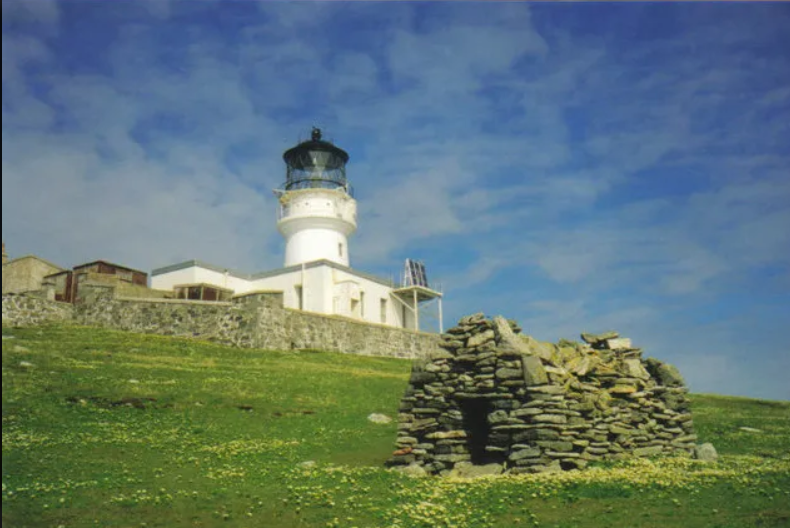
The last lighthouse keeper and his family fled when snakes slithered through their windows. Legend says they ran to their boat, leaving dinner on the table.
The automated lighthouse now stands as a memorial to human surrender. Locals still tell stories of finding their abandoned personal belongings exactly where they left them, frozen in time like a Brazilian Pompeii.
Nature’s Laboratory
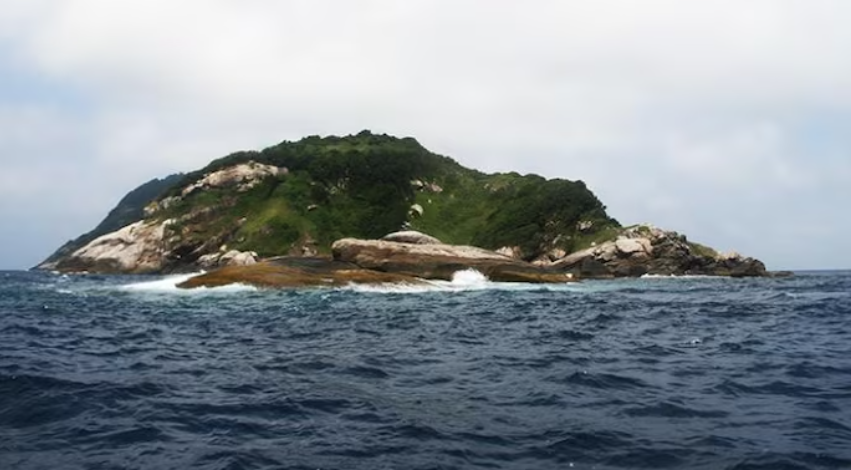
The snakes evolved in isolation for thousands of years, developing super-potent venom to take down migratory birds in one bite. It’s like nature decided to run a terrifying experiment in evolution.
The isolation created what scientists call a perfect example of island gigantism, where the snakes grew larger and more lethal than their mainland relatives.
The Black Market Prize
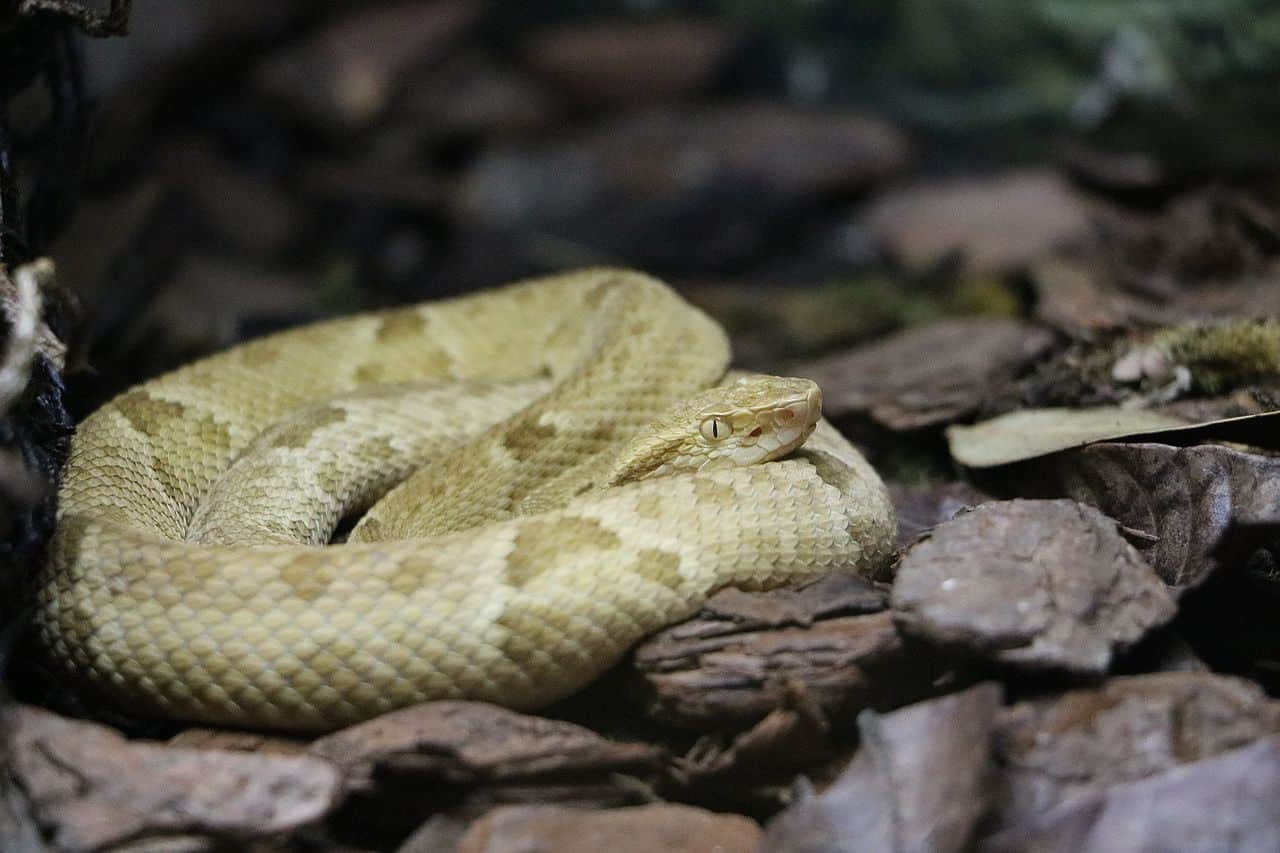
Each snake can fetch up to $30,000 on the illegal wildlife market. Smugglers occasionally risk death for profit, though few attempt a second trip.
International wildlife authorities estimate that only about 40% of attempted snake thefts end with the smugglers returning alive.
Like Go2Tutors’s content? Follow us on MSN.
The Missing Cats Mystery

Someone once tried to solve the snake problem by releasing cats onto the island. The cats disappeared. Nobody asked for details.
Years later, researchers found only a few scattered feline bones, suggesting the cats never stood a chance against the island’s original inhabitants.
The Naval Blockade
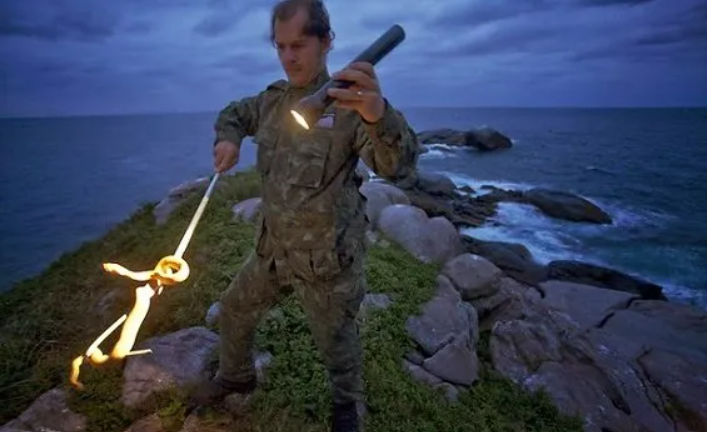
The Brazilian Navy maintains a strict perimeter around the island. Getting caught trying to visit can result in hefty fines. The snakes have better security than most celebrities.
Navy patrol boats are equipped with special infrared cameras to detect nighttime attempts at reaching the island.
The Bird Connection
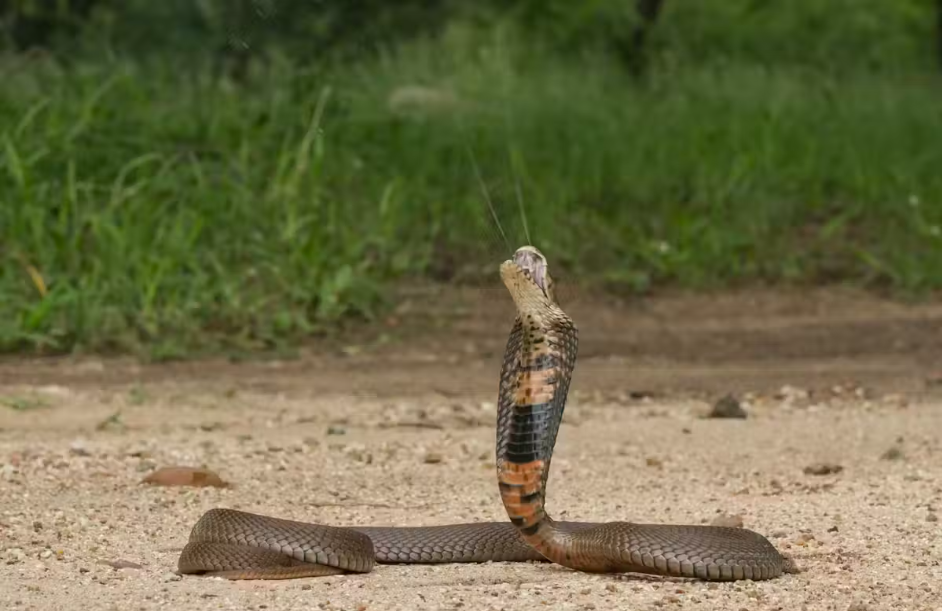
These vipers developed their potent venom because their prey – migrating birds – could fly away before slower-acting venom took effect. The snakes can now strike and kill their prey within seconds, making them among the most efficient predators in the snake world.
Like Go2Tutors’s content? Follow us on MSN.
The Annual Check-Up
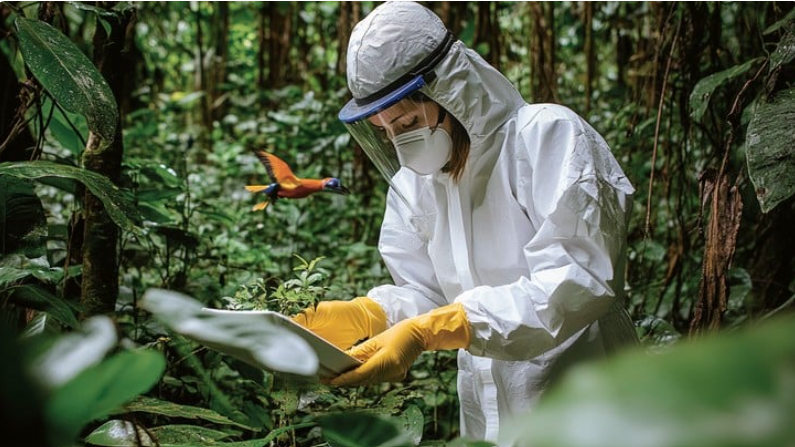
Scientists visit once a year for population studies, wearing thick protective gear in the tropical heat. They probably have the world’s most interesting excuse for missing work.
Each expedition requires months of preparation and special permission from multiple government agencies.
The Extinction Risk
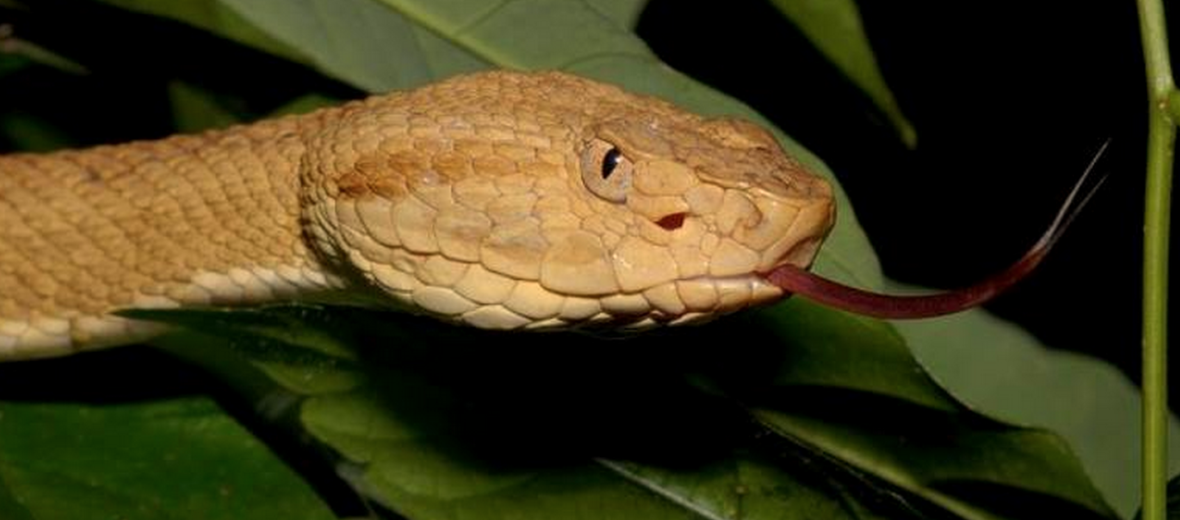
Despite being overwhelmingly numerous on their island, golden lanceheads are critically endangered because of their limited habitat. It’s possibly the only endangered species nobody wants to hug.
Climate change and habitat degradation threaten to make their already small world even smaller.
The Lighthouse Automation
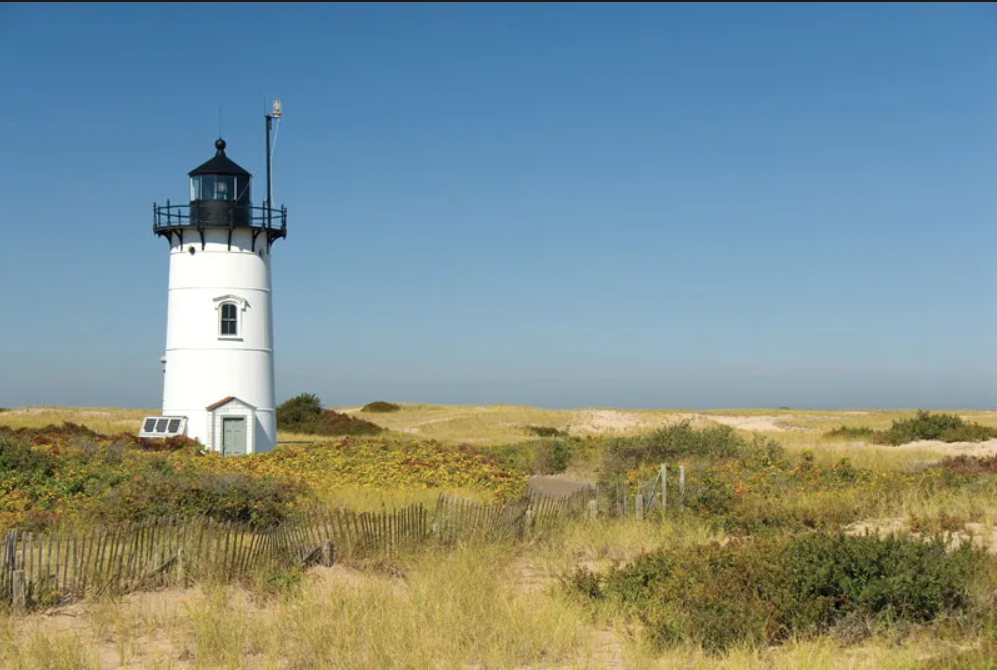
The Brazilian government automated the lighthouse in 1920 after realizing no human should live there. The snakes now have their private resort.
Modern maintenance workers visit by helicopter and never stay longer than a few hours.
Like Go2Tutors’s content? Follow us on MSN.
The Origin Story

Pirates may have released snakes on the island to protect buried treasure. If true, it’s history’s most effective security system.
Local historians note that several treasure maps from the 1800s mark the island with skull and crossbones symbols.
The Weather Factor
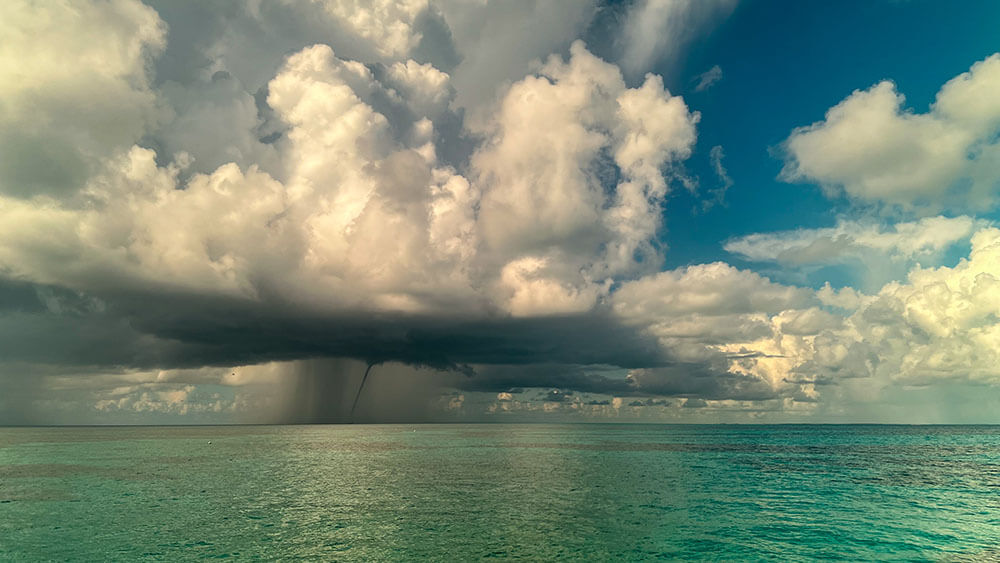
Climate change and rising sea levels threaten the snakes’ habitat, though few environmental groups are rushing to help. Conservation has never been so complicated.
Scientists predict that within fifty years, up to 30% of the island’s habitable area could be underwater.
The Hollywood Interest

Several film producers have proposed documentaries but face the challenge of filming without becoming part of the food chain. Insurance companies have developed a special “snake island clause.”
One production company reportedly spent more on safety equipment than actual filming gear.
Like Go2Tutors’s content? Follow us on MSN.
The Name’s Origin
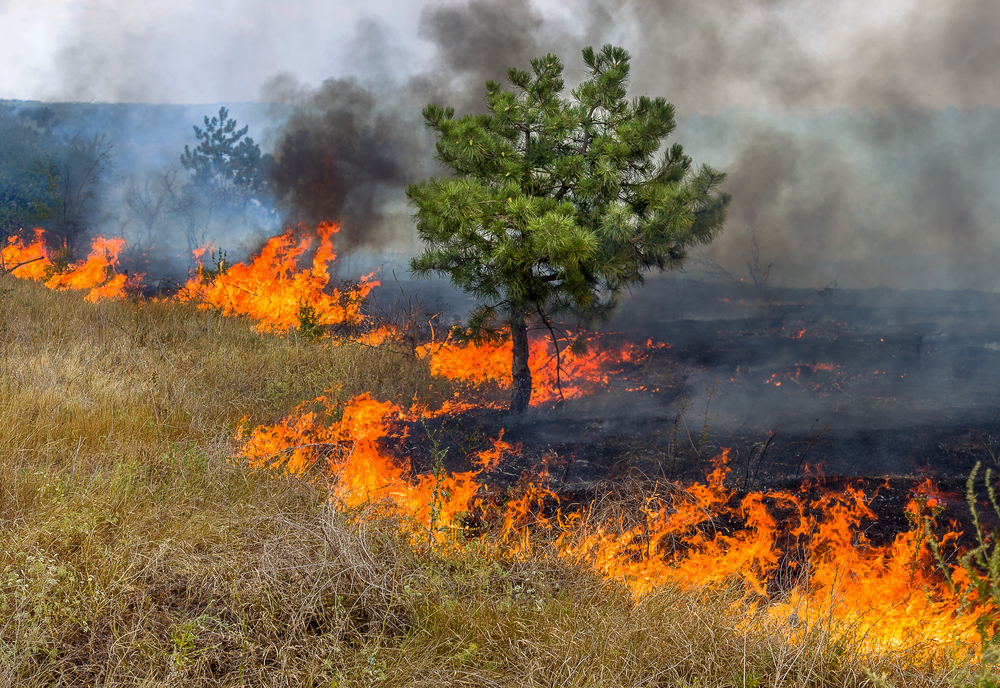
“Queimada” refers to the old practice of clearing land by fire, attempted when someone thought making the island habitable was possible. The snakes didn’t get the memo.
Historical records show that every attempt to clear the island has resulted in the snakes simply moving to unburned areas and returning stronger than ever.
The Medical Potential
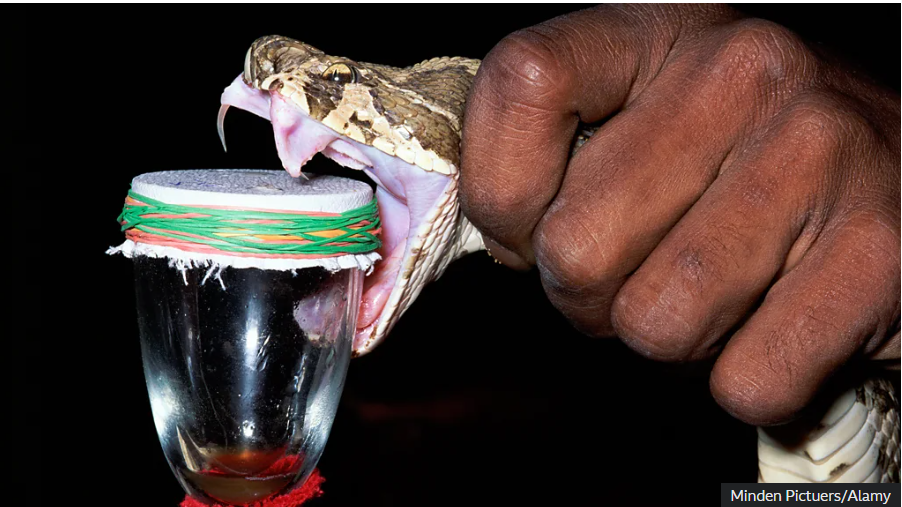
Scientists study the viper’s venom for potential medical breakthroughs, particularly in blood clotting research. Sometimes, the scariest things have hidden benefits.
Early studies suggest compounds in the venom could revolutionize treatments for heart disease.
The Local Legends
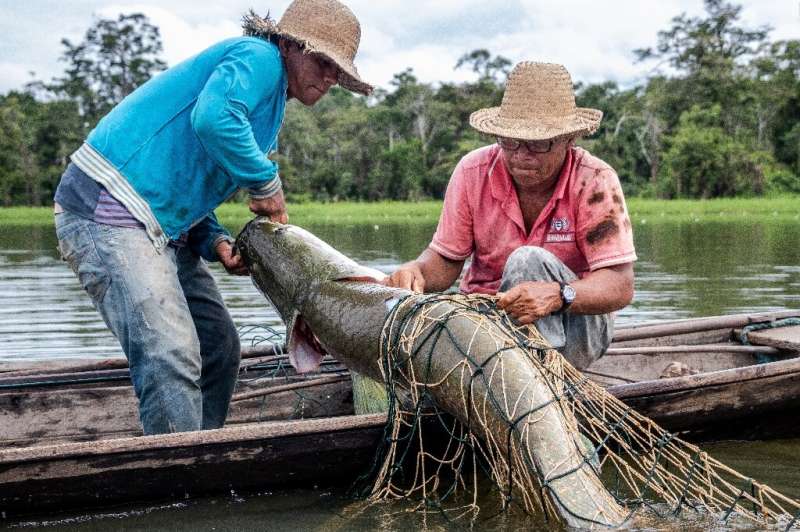
Brazilian fishermen tell tales of people who disappeared on the island, though no one can verify these stories. The snakes aren’t talking.
Each village along the coast has its version of what happens to trespassers, each more terrifying than the last.
Like Go2Tutors’s content? Follow us on MSN.
The Aerial View
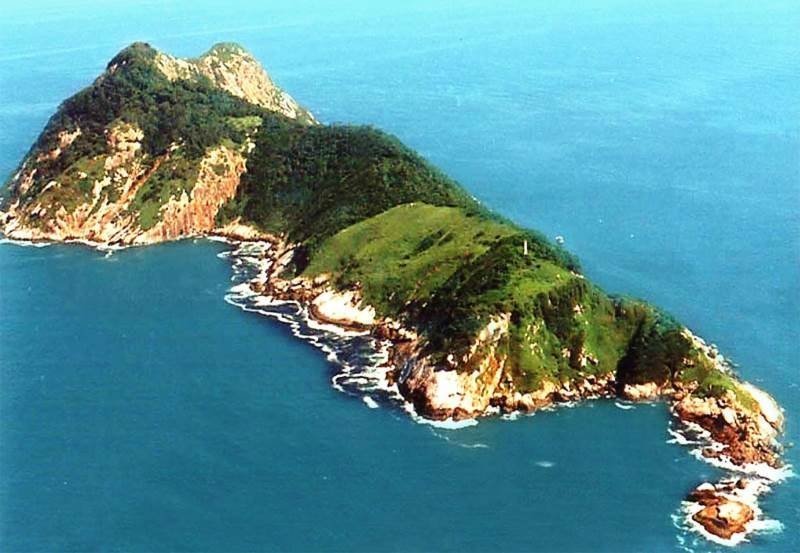
From above, the island looks like a peaceful tropical paradise. It’s nature’s version of false advertising.
Helicopter pilots report seeing the ground itself appear to move when flying low over certain areas.
The Research Protocol
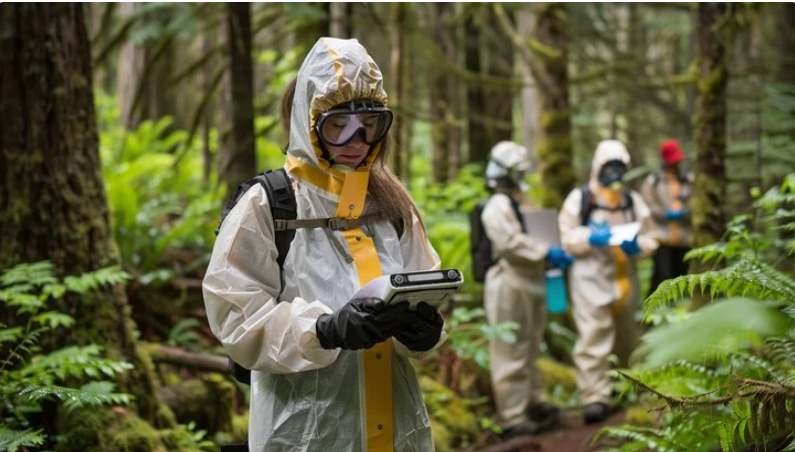
Scientists must follow strict safety protocols when visiting, including traveling with a doctor and plenty of antivenom. It’s probably the world’s most nerve-wracking field trip.
Each researcher must sign a waiver acknowledging that even with precautions, they risk encountering up to 400 snakes per hour of exploration.
The Future Uncertainty
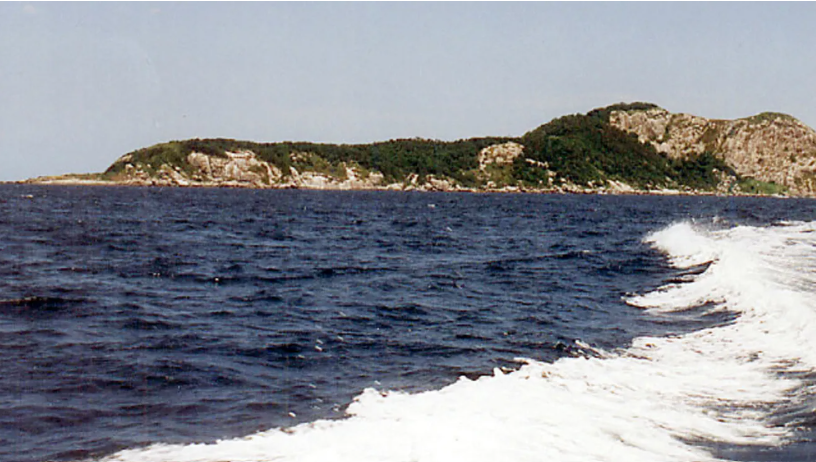
As sea levels rise, some scientists worry the snakes might need relocation. Finding volunteer host communities could be challenging.
Several islands have already formally declined to be considered as potential new homes for the golden lancehead population.
Like Go2Tutors’s content? Follow us on MSN.
A Slithering Reminder
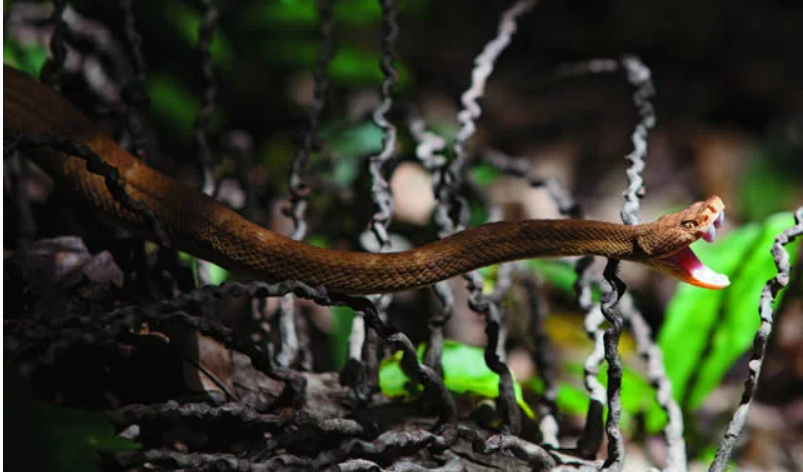
Snake Island stands as a testament to nature’s ability to create extraordinary and terrifying ecosystems. While most of us will never set foot on its shores (thankfully), its existence reminds us that sometimes the most fascinating places on Earth are the ones we can’t visit.
Just remember: for every paradise beach you’ve dreamed of, there’s an island out there where every square meter holds a deadly surprise.
More from Go2Tutors!

- 15 Unforgettable Candy Bars From The 60s and 70’s That Disappeared Too Soon
- 15 Myths About Famous Historical Figures That Aren’t True
- Famous Battles: How Much Do You Really Know About U.S. History?
- 20 Historical Artifacts That Scientists Can’t Explain
- 15 Little-Known Facts About Famous Historical Events
Like Go2Tutors’s content? Follow us on MSN.
